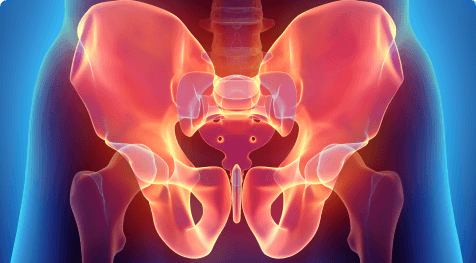Can I have the procedure performed if I am on a blood thinner?
Certain procedures allow the performance of injections while the patient is on a blood thinner (such as coumadin, Eliquis, Xarelto, Plavix). However there are certain procedures such as epidural injections which require that the patient to be off the blood thinner for a specific period of time. Our physicians will reach out to your medical providers to assess the risk of holding the blood thinner before we schedule the injection.
How much down time will I have after the injections?
Generally, most procedures allow you to resume your normal pre-procedure activities on the following day, including work. For steroid based procedures, we advise holding off on exercising for up to a week.
Do you use x-ray when performing the procedure?
Yes, we use live xray, also called fluoroscopy during the majority of our procedures. This allows us to place the medication exactly where we intend to. It also allows us to minimize any risk of complications.
Is ultrasound used when performing procedures?
Certain nerve blocks are performed more successfully with ultrasound than with fluoroscopy. The ultrasound technique allows us the ability to better visualize the nerves. Our doctors are skilled in both ultrasound and fluoroscopic procedures.
Are the procedures painful?
Our physicians are board certified in both Pain Management and Anesthesiology. As a result, they are experts in “numbing the areas” in advance of needle placement. However, the patient has the opportunity to receive a “relaxing pill” in advance of the procedure, or undergo IV sedation during the procedure. This would be determined at the time of the initial visit.
Will my insurance cover the procedure?
With certain insurances, such as medicare, no authorization is required. For those insurance types that require preauthorization, we take our responsibilities very seriously in obtaining the authorizations. However, it is still the responsibility of the patient to cover the “copays” and “deductibles” as defined by your health insurance plan. If you do not have health insurance, our staff will discuss with you payment options.
Should I first consider conservative treatments before having injections?
Depending on the intensity of the patient’s pain, conservative treatments generally should be considered first. This may include physical therapy and non-narcotic medications such as anti-inflammatory drugs, and possibly coanalgesics.
















